Siemens Energy Australia Managing Director Sam Morillon likens the energy transition of Australia to having the spirit of Suez, an ambitious, globally significant 19th century canal building project, and sees the potential for a nationwide master grid at scale here, that includes Western Australia.
Most recently, Siemens Energy announced seven of its grid stabilising synchronous condensers (SynCons) were on order for installation in the New South Wales (NSW) Central-West Orana Renewable Energy Zone (CWO REZ) $3.2 billion (USD 2 billion) Transmission Project.
Promising decades of grid stability and contributing to the elimination of nearly 10 million tons of CO2 emissions annually by 2031, the SynCons will support the growth of renewable energy generation projects in the CWO REZ.
The SynCons have been a global effort by engineering teams in Germany and Singapore, with project developer ACEREZ, an energy consortium of Spanish developers ACCIONA and COBRA, and NSW distribution network service provider (DNSP) Endeavour Energy.

Image: Siemens Energy
Morillon told pv magazine the CWO REz project but more broadly, Australia’s energy transition is similar to the building of Suez by European nations, with Egypt and Turkiye, which at the time, was the largest project ever built on Earth.
“This raises the questions about, ‘what is big?’,” Morillon said.
“When it comes to energy transition in Australia, we need to think super big. We need to have the ambition for reshaping the future of the energy landscape with massive projects able to provide impact, definitely, for people, but as well for the surrounding countries.”
Morillon added that progressively in the future energy landscape, the power of Australia will be seen and measured, because everything needed for a successful energy transition is here.
“So, the grid development we see right now between Queensland, NSW, Victoria and South Australia (SA), is a first step. What Australia is achieving is massive, it’s amazing, it’s a great success. The CWO REZ with more than 7 GW is a demonstration of what’s possible and is a massive investment as well in the grid, and it’s a REZ that is super big, in terms of size; it could be a country in Europe.”
Morillon believes there should be a discussion about how to connect Western Australia because it would add at least three hours of time zone and create an impact on the grid and the green electrons needed.
“It also means we need to look at how we expand the grid as we call in Europe, to a master grid, which connects as many countries as we can together, to share the pain of decarbonisation and reach commitments to reach Net Zero by 2050.”
Morillon explained the grid in the United Kingdom (UK) can be supported by Italy, and Germany can support France and other countries.
“Progressively, in Australia we will see these type of connections. Right now, the development we have between NSW, Victoria, South Australia (SA) and Queensland, are definitely going in the right direction,” Morillon said.
“Australia is a continent of 26 million people, so by fact, when we are starting a project that is large scale, and we have to think big. What we have in front of us – to switch from coal to renewables and to achieve this decarbonisation, which is mandatory – means massive investment in renewables.”
“The topic of global emissions too, is really close to my heart, and we need to do something – especially in Australia, where close to 50% of electricity still comes out of coal – we absolutely need to have an impact to perfectly protect our future generations.”
This content is protected by copyright and may not be reused. If you want to cooperate with us and would like to reuse some of our content, please contact: editors@pv-magazine.com.
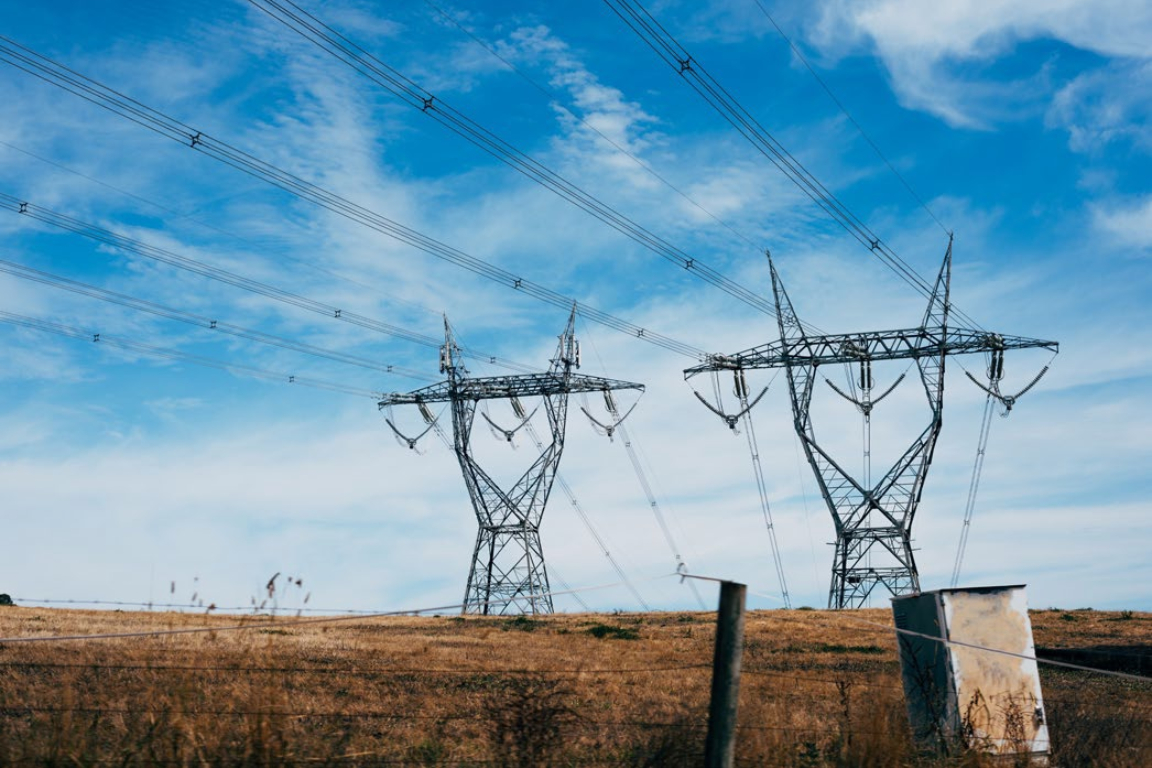
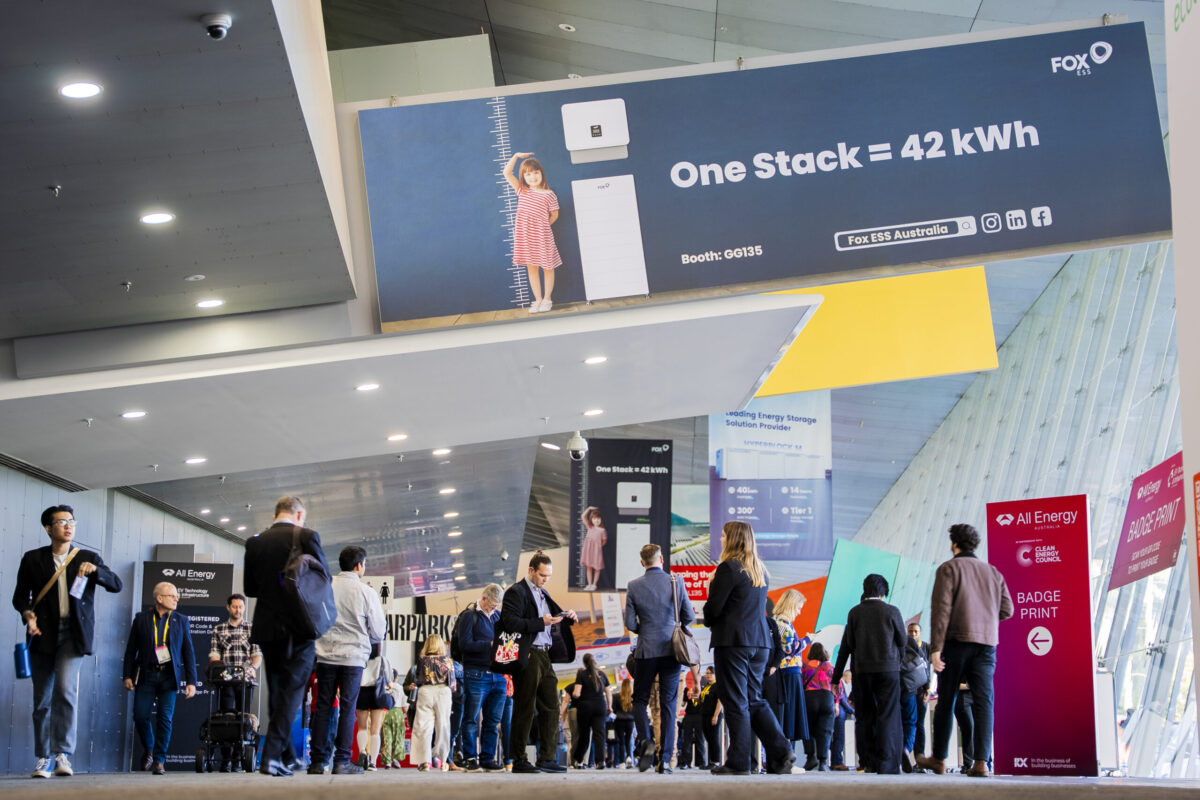


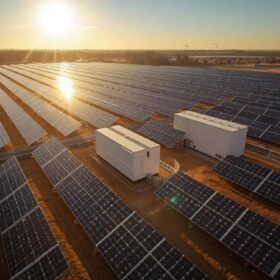
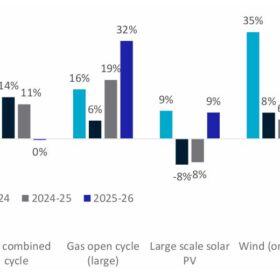


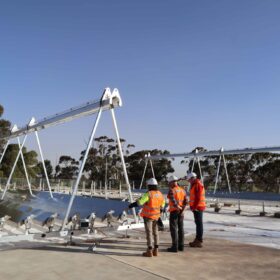
By submitting this form you agree to pv magazine using your data for the purposes of publishing your comment.
Your personal data will only be disclosed or otherwise transmitted to third parties for the purposes of spam filtering or if this is necessary for technical maintenance of the website. Any other transfer to third parties will not take place unless this is justified on the basis of applicable data protection regulations or if pv magazine is legally obliged to do so.
You may revoke this consent at any time with effect for the future, in which case your personal data will be deleted immediately. Otherwise, your data will be deleted if pv magazine has processed your request or the purpose of data storage is fulfilled.
Further information on data privacy can be found in our Data Protection Policy.